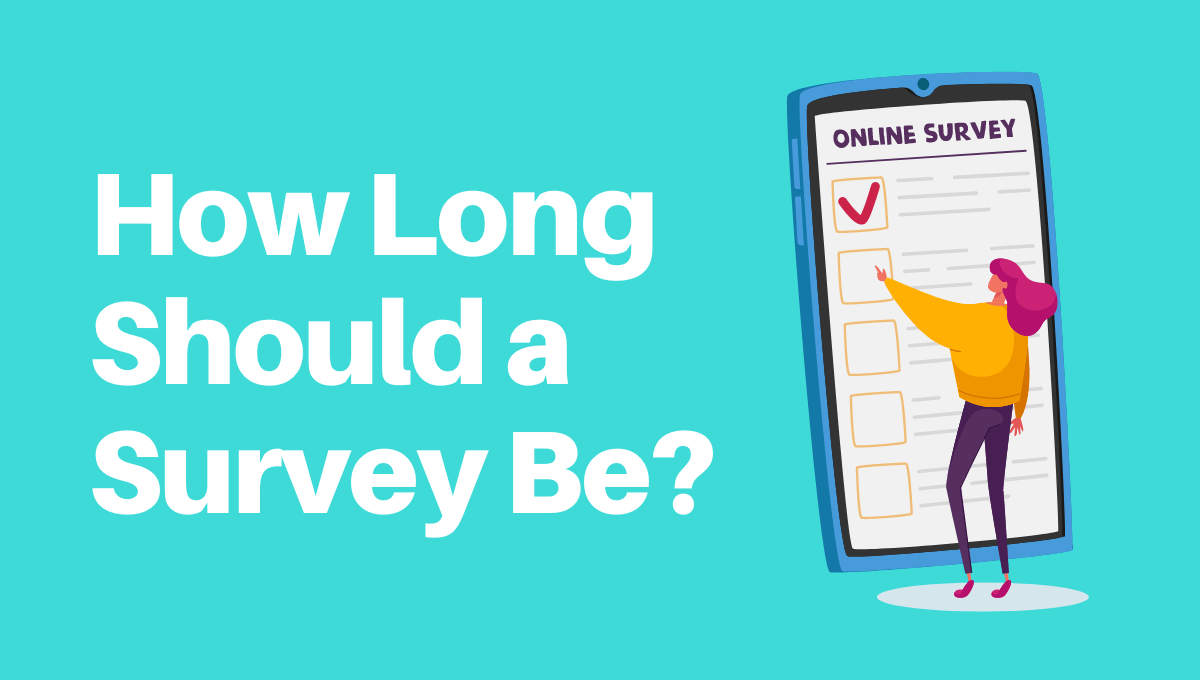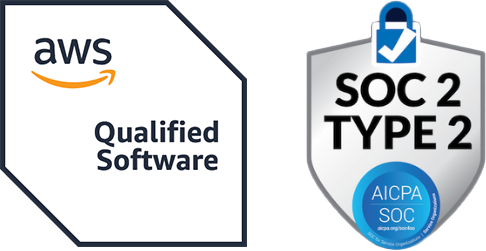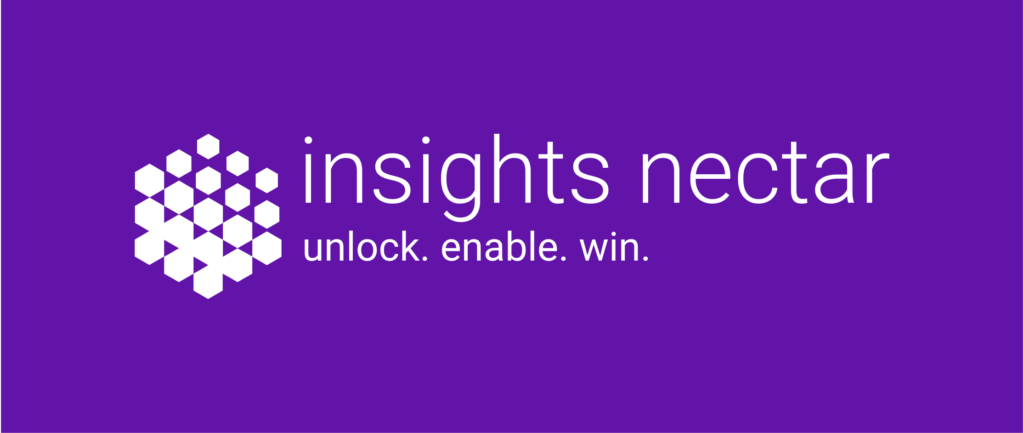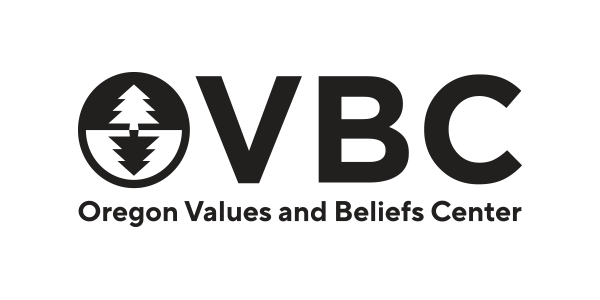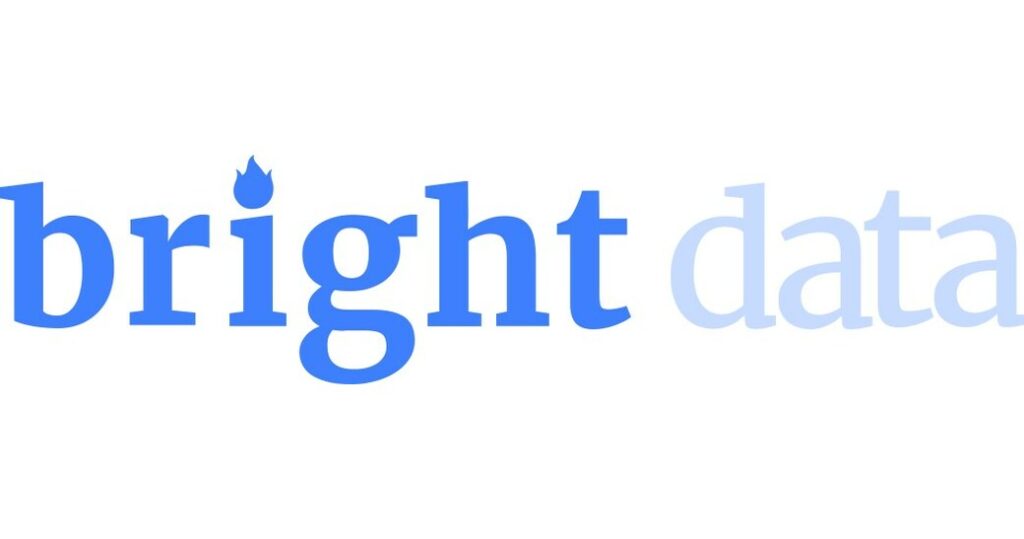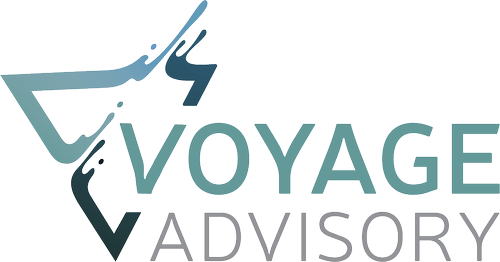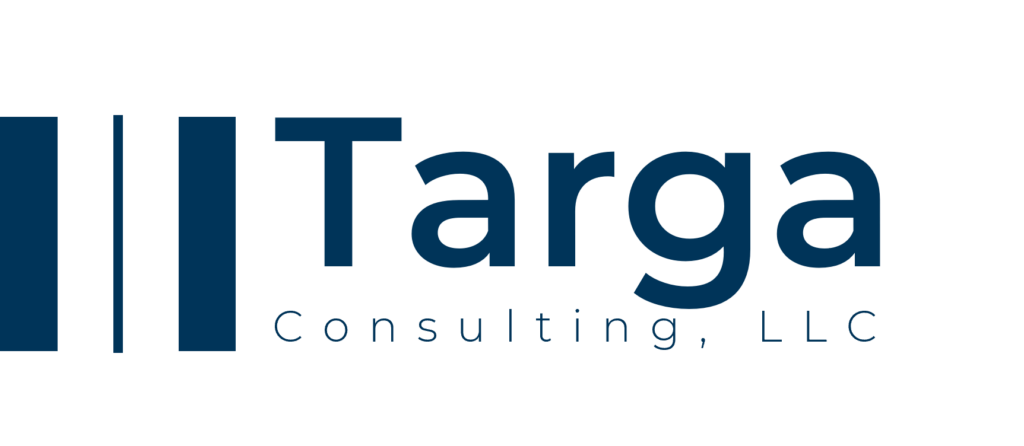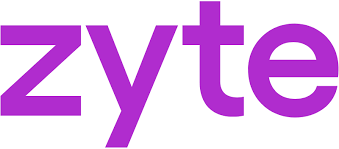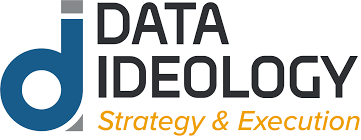You’ve created an extremely precise survey that can help you gain detailed insights about your target audience. But when you give it to the people, they leave it halfway. Why does that happen?
The most common reason for that is long surveys. People don’t want to spend hours completing a single survey, so you should avoid making your survey too long. However, too short surveys can make respondents feel as if they haven’t been given all the information. So, what’s the best length for surveys?
The truth is that there is no hard and fast rule regarding the length of a survey. You need to consider different factors, such as your target audience, objectives, and more.
This article provides a method for determining the length of your survey.
Let’s dive in.
Impact of Attention Span on Survey Completion
People are constantly bombarded with information and data that keep distracting them. In these circumstances, their attention spans are becoming as short as goldfish. This makes capturing the users’ attention extremely difficult. You want them to complete the survey and obtain quality content.
According to a study, the average attention span of people viewing on-screen content will be just 47 seconds in the next 20 years. That’s why online articles are kept to the point and do not contain unnecessary information. The generation is of multitaskers who consume content every day. People opt out of surveys that are too long, which is why they have a high drop rate.
What Are Factors That Affect Your Survey Length?
The survey length is not the same for every industry. The answer will vary depending on various factors. You should check different aspects, such as objectives and your audience. But there’s more to it.
Let’s look at these factors in detail.
Type Of Survey
Different types of surveys are utilized for specific purposes. Each serves a distinct purpose. Here are some of the common surveys and their purposes.
- Online Surveys: Quick data collection for market research, customer feedback, or academic studies.
- Net Promoter Score (NPS) Survey: Measure customer loyalty and likelihood of recommending a company’s product or service.
- Customer Satisfaction Surveys: Measure satisfaction levels to improve customer retention and business loyalty.
- Focus Group Surveys: Qualitative insights through group discussions for product development or marketing research.
First, understand the objective of your survey. What survey type will help you effectively collect relevant information? What information do you want to collect?
Based on this, add open-ended or closed-ended questions to the surveys. Once you’ve established objectives, you can easily determine the questions you need to include.
Target Audience
When you’re unclear about your target audience, everything in your business will go wrong. Your target audience for the survey might be your customers, employees
, or people of a specific age group. You can keep your survey length according to your target audience.Let’s understand it better with an example.
When surveying your employees, you should prioritize asking more standard questions. Often, the employees are aligned with the company’s vision and goals, so they might be able to answer in depth.
Customers Data >>> Random Online Visitors Information
Meanwhile, if the survey is for online website visitors, it’s best to keep it short. First, nurture them, and when they become your loyal customers, you can provide them with detailed and long surveys.
Survey Objectives & Goals
If you’re designing a survey, you must have a specific goal in mind. If you’re a startup owner, your goal might be understanding your target audience and learning ways to help your business grow faster.
A series of market questions will help you better understand your audience choices. The survey can have demographic and statistical questions. You can measure the efforts made by a customer while interacting with your brand through a customer effort score, which is abbreviated as CES. These surveys are often short and contain no more than 2 to 3 questions. It covers major touch points such as purchases of products and complaints by them. In a nutshell, here’s what you should do.
Know about survey types → Understand your goals → Figure your audience → Choose relevant survey.
Do’s And Don’ts Of Survey Length
Here are some of the do’s and don’ts of your survey that you should know. This will help you create a survey that provides you with the best insights.
| Do’s | Don’ts |
| Keep it concise | Avoid unnecessary questions |
| Prioritize key info | Don’t overload with questions |
| Ensure relevance | Don’t include leading questions |
| Use clear language | Avoid ambiguous wording |
| Offer incentives for longer surveys | Don’t make every question mandatory |
Method to Determine the Length Of Your Survey With Right Questions
By now, you know the importance of these factors in your survey. There’s no fixed limit to the number of questions in your survey, but here’s a method for determining its length: ask the right questions.
Identify The Purpose of Your Survey
When starting a survey, you should know what you want to achieve.
Do you want to gain customer opinion about your latest product?
What’s the aim of the survey?
Your survey should touch on all the key points that help your customers. Your objective can greatly affect the survey.
Let’s understand it with an example.
You have just launched an AI tool that helps users create high-quality AI images. Now, you want to gain feedback from your customers regarding the tool. A 2-3 question survey will not be enough to completely understand how your customers perceive AI tools.
Find Data You Want To Collect
Now that you know why you want to collect data, it’s time to identify the data you wish to gain from surveys. Different questions help you get different information.
With comment-based questions, you can collect detailed information about your audience. Meanwhile, checkbox-type queries give you precise data.
Use MicroSurveys in Case of More Questions
Micro surveys are types of surveys split into different parts to make long surveys shorter. It reduces the burden on survey respondents. These surveys shouldn’t be longer than five questions.
If you want to conduct a survey on your new product, then it’s best to conduct a micro survey. Include questions such as: Are you happy with the new product feature?
If the response is positive, then send a follow-up survey and ask deeper questions like How is our new product helpful to you? And more.
Finalize Average Answering Time
Now comes the most crucial part: determining the average answering time. You should consider your industry and audience before deciding how much time will be required. Generally, shorter surveys take only 2-3 minutes to complete. However, detailed surveys might take 10-15 minutes to complete.
You should inform survey takers about the time it might take to complete the survey. This will help them mentally prepare for what to expect.
Utilize Market Research Panels
Many marketers don’t know, but using market research panels is an excellent way to assess your survey. These panels consist of individuals who agree to confidentiality and participate in the surveys. You can do this to find the average participation rate and how many questions you should include. You can also design different parameters like demographics, metrics to track, and much more.
Ask the Right Survey Question
Every type of survey has a certain set of questions. A Net Promoter Score (NPS) survey is based on customer loyalty questions.
Meanwhile, the employee satisfaction survey is to understand how satisfied employees are with working with the company. To make the procedure easier, you should utilize customized survey templates.
Experiment With The Survey
You’ve got everything in place, from questions to content quality. Now, it’s time to experiment with the survey. You won’t be able to experience its performance.
You should connect with a third party to evaluate the survey and get a fresh perspective. Ask them if your survey is long or short, and ask for the completion time and relevant questions.
Ending Thoughts
If you want to be market-ready, you should know which questions to ask your audience. Decide the number of questions you must ask to make your survey beneficial. Dive deeper and consider all the factors mentioned in this survey.
Research and plan strategically how many questions you should add. Brainstorm all the goals of your survey and what’s the data type you want to capture. After determining this, decide the average time based on every answer. For best results, test your survey with a third party. You can use tools like Luminoso to improve surveys and ask the right questions.
Reach out to our team of experts today. We can help you understand your customers’ queries and how to use them to your business benefit.
